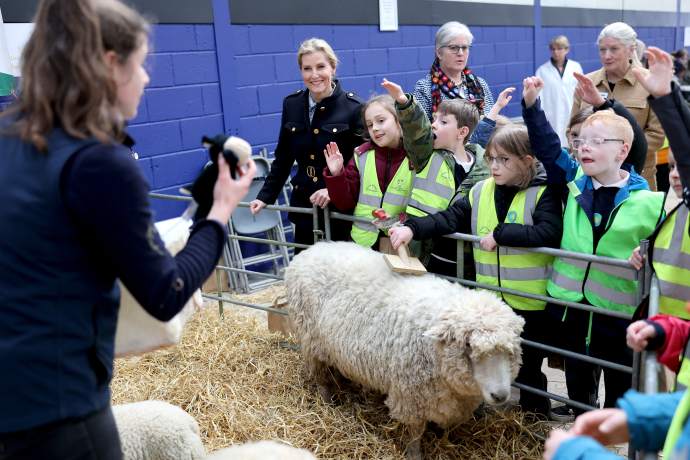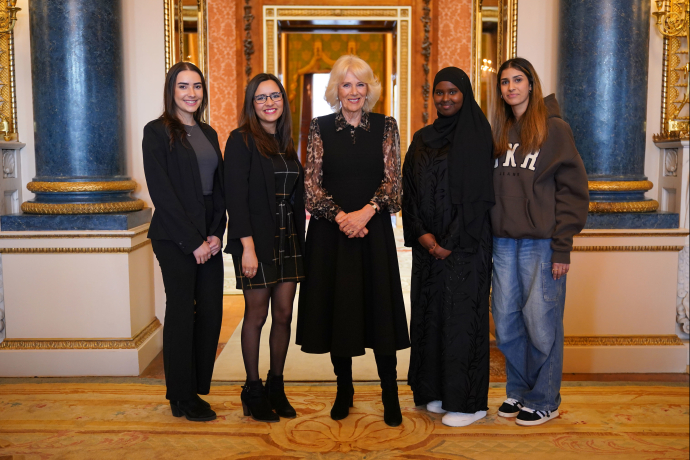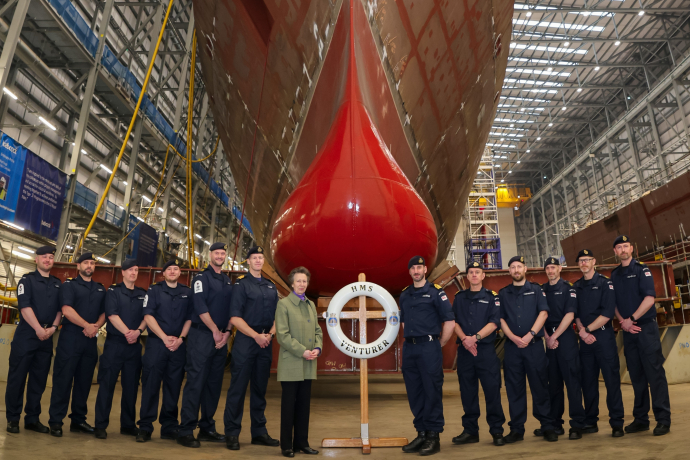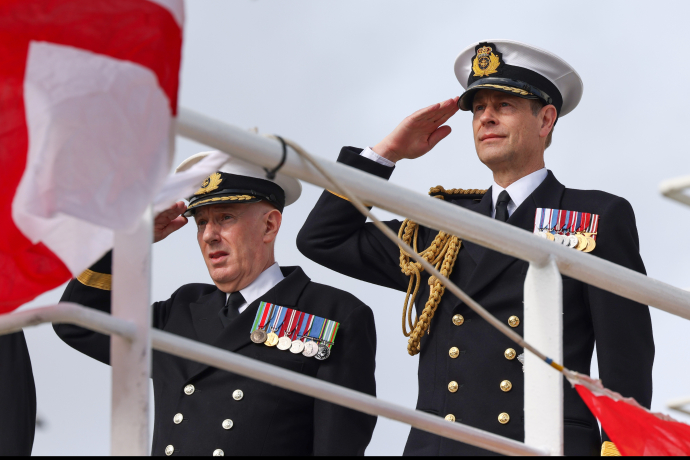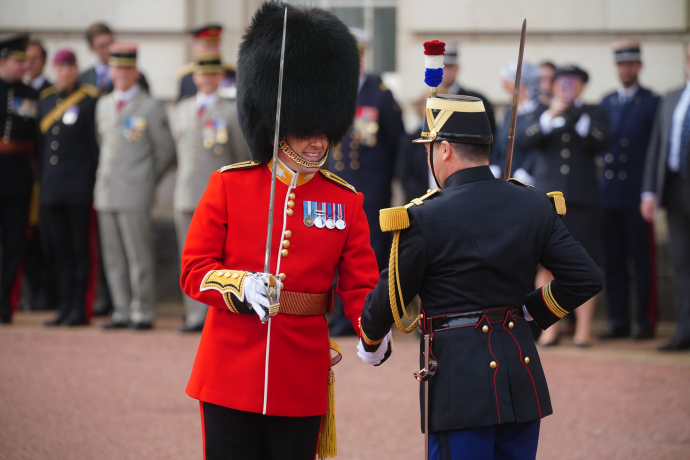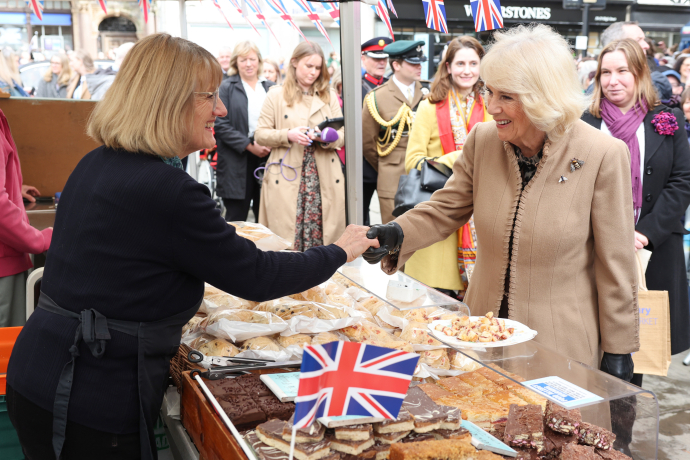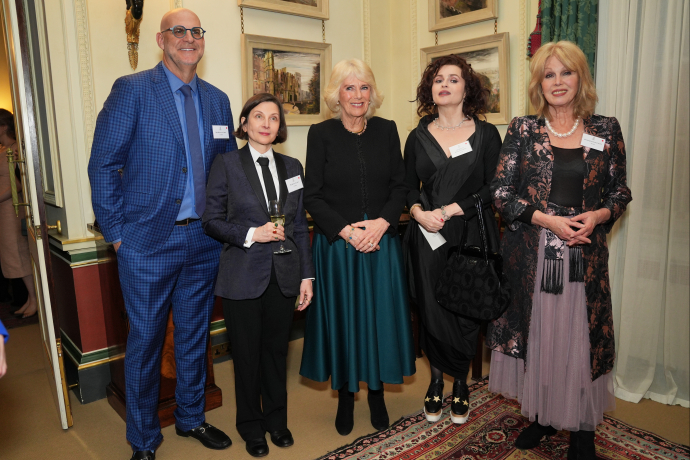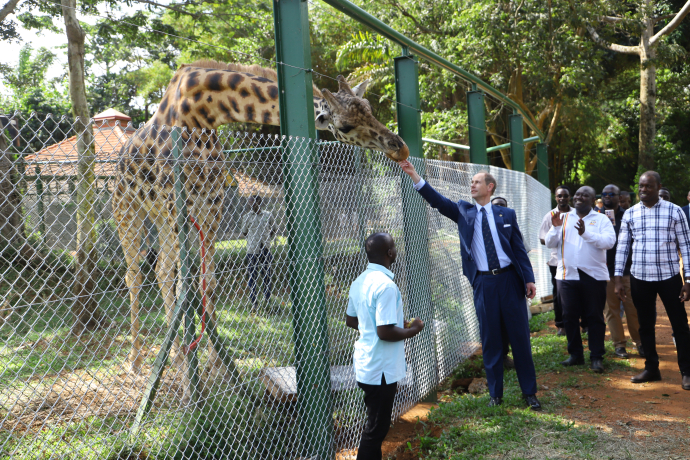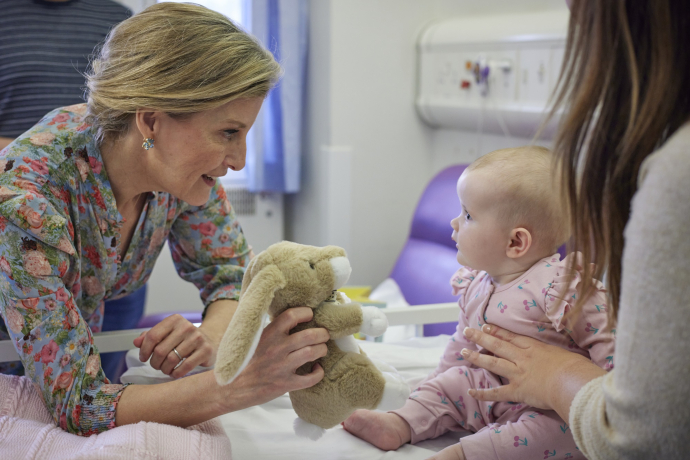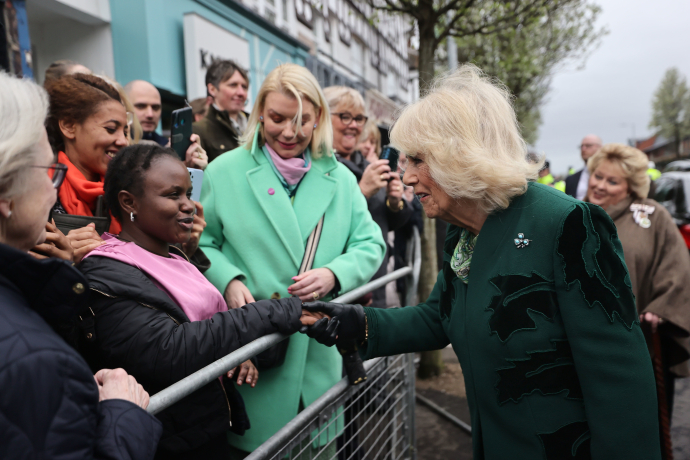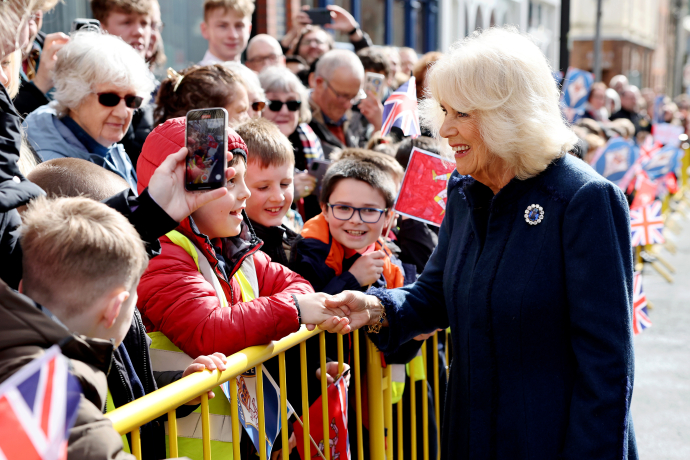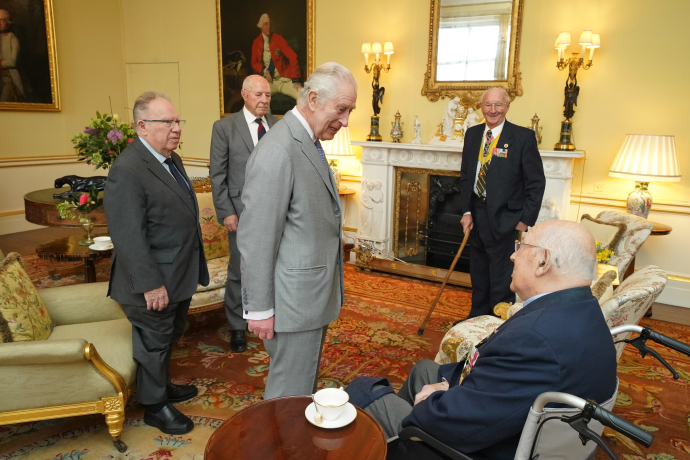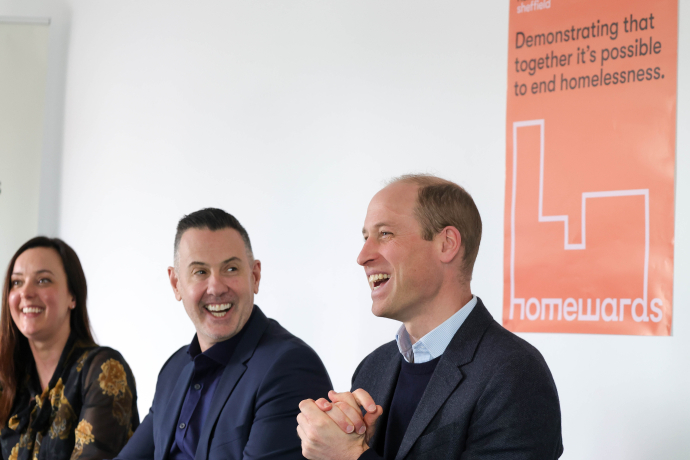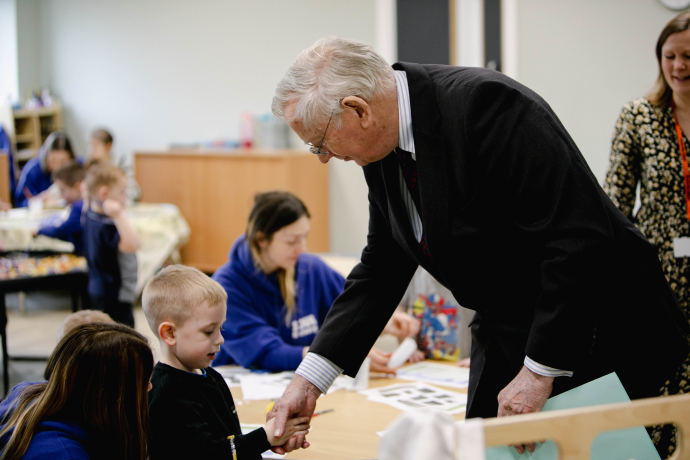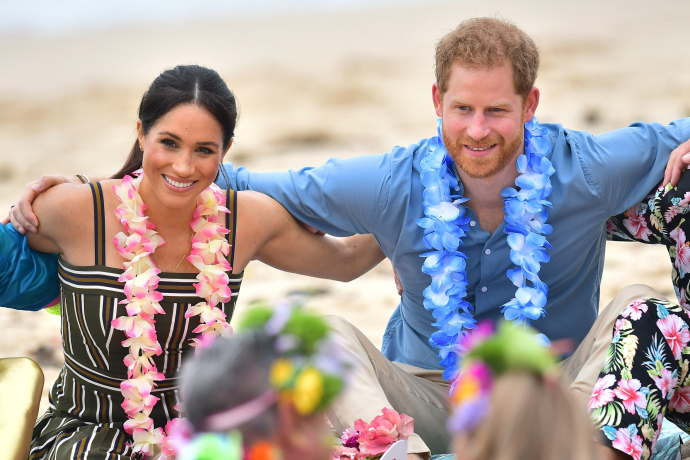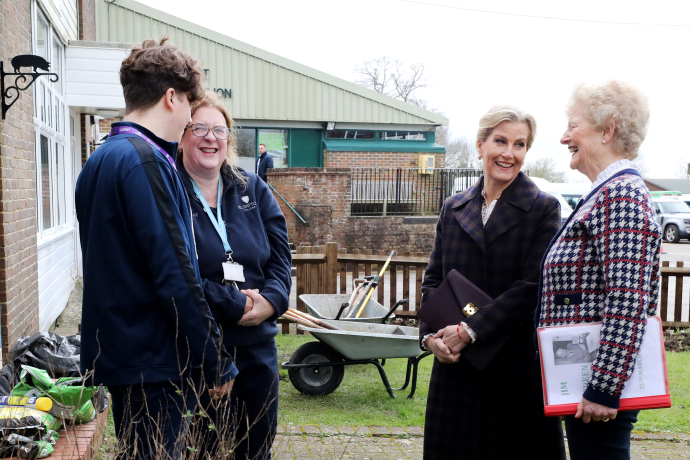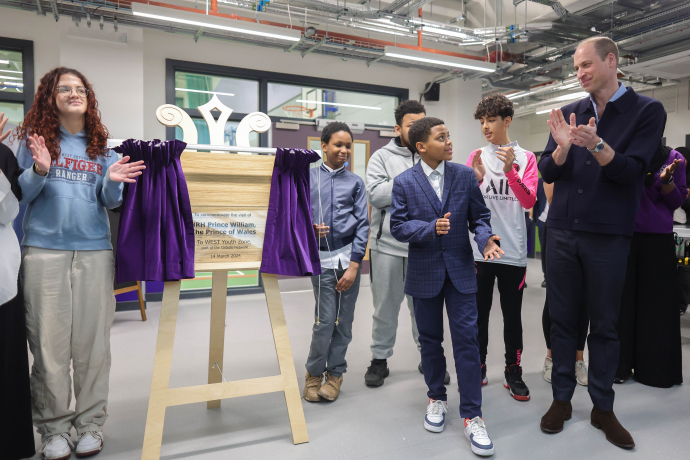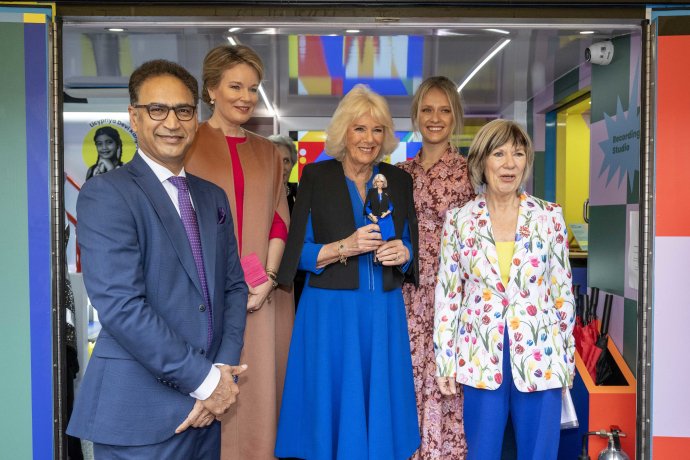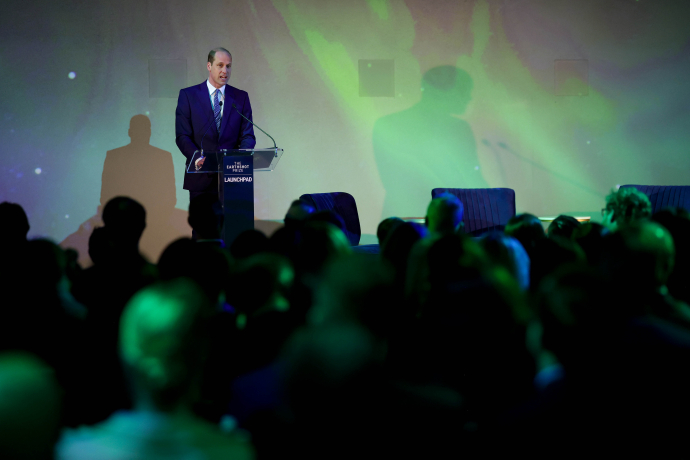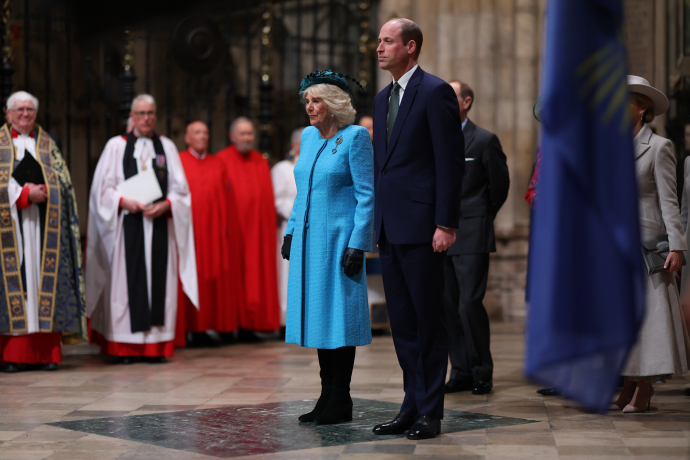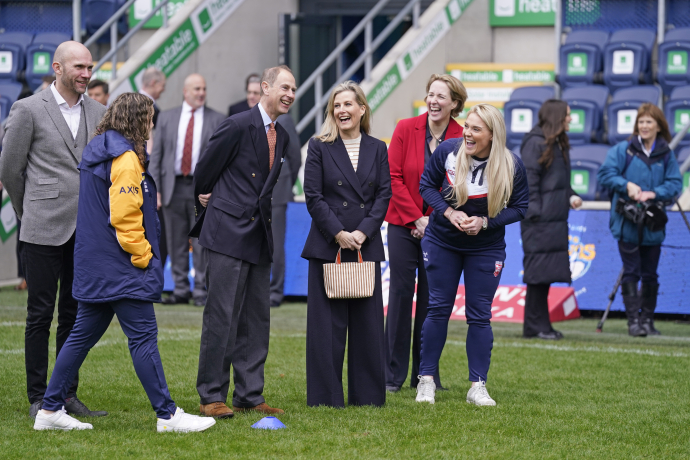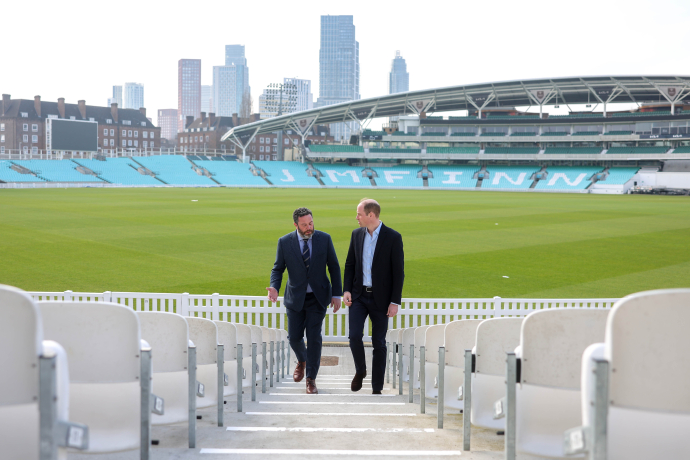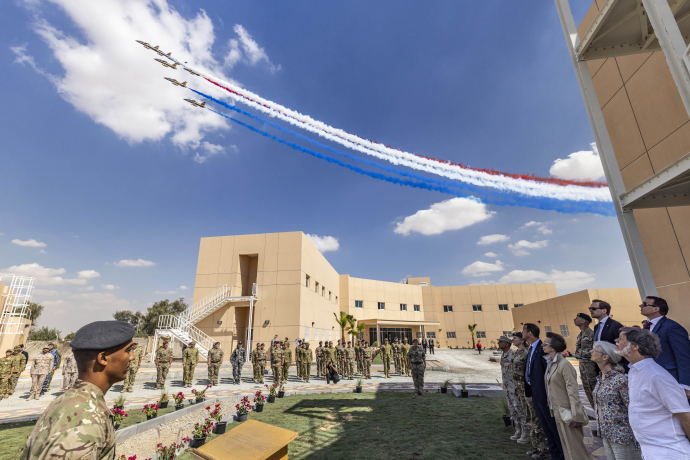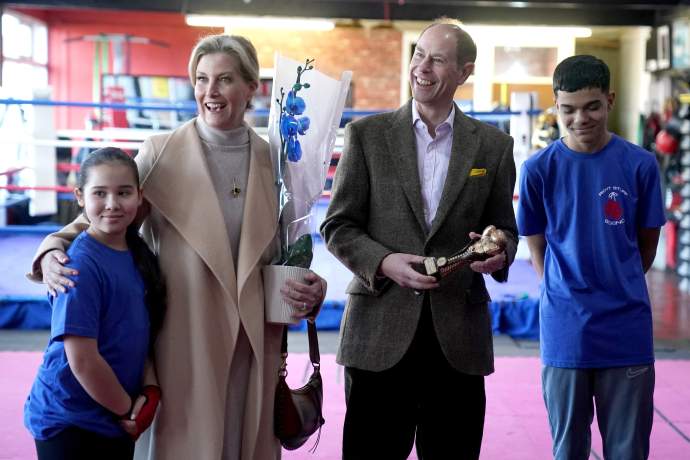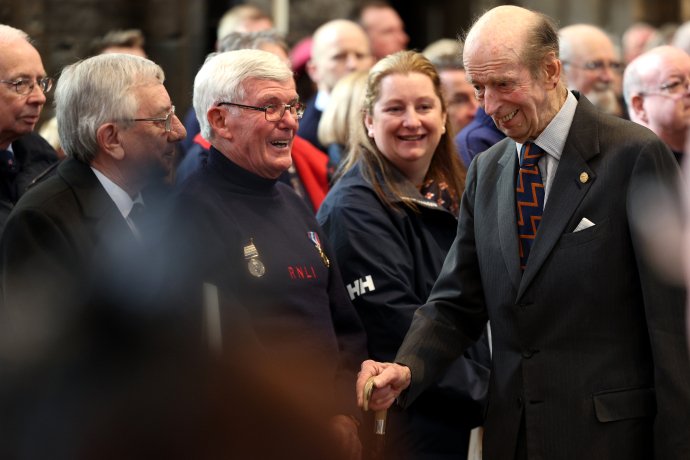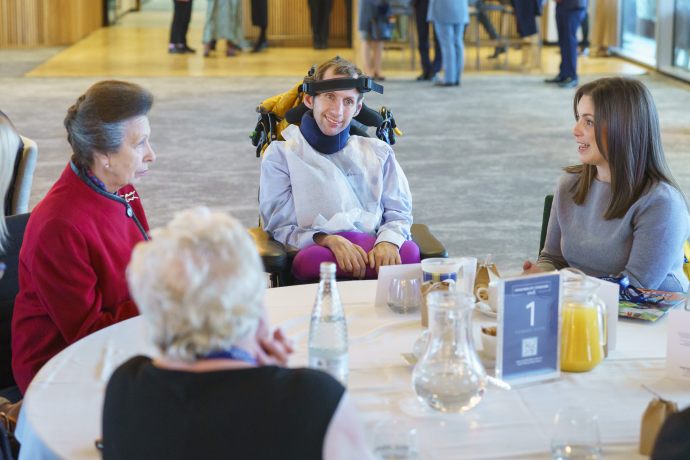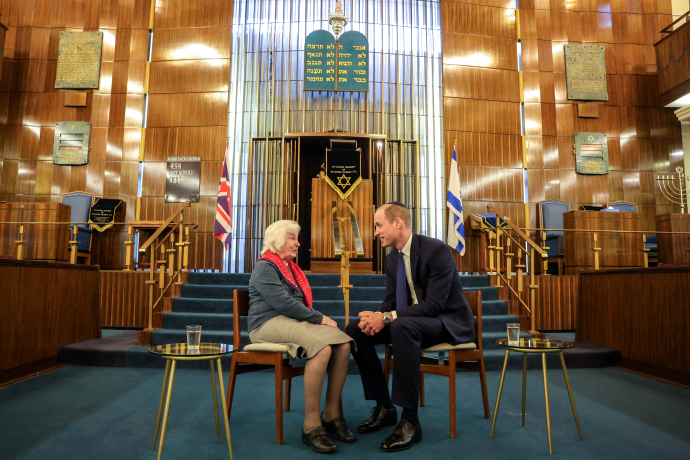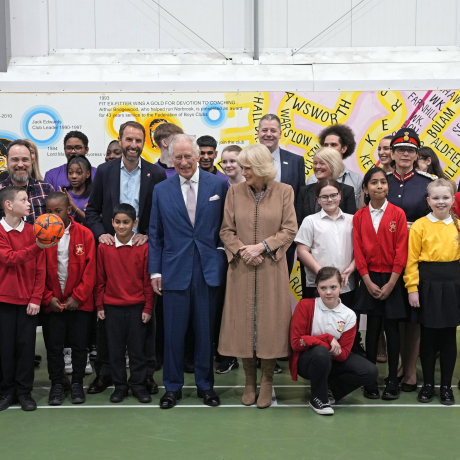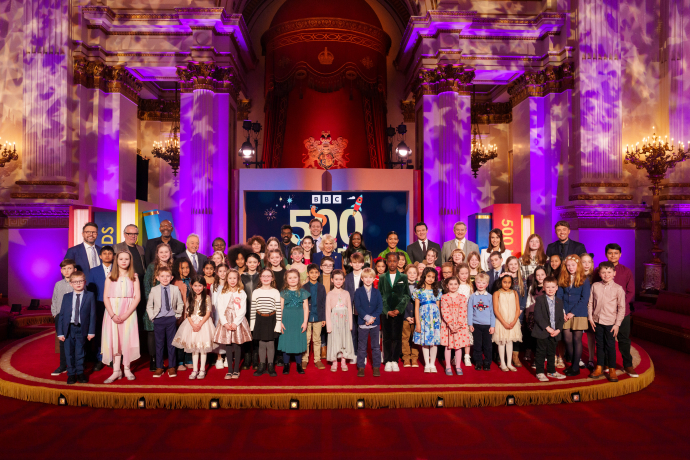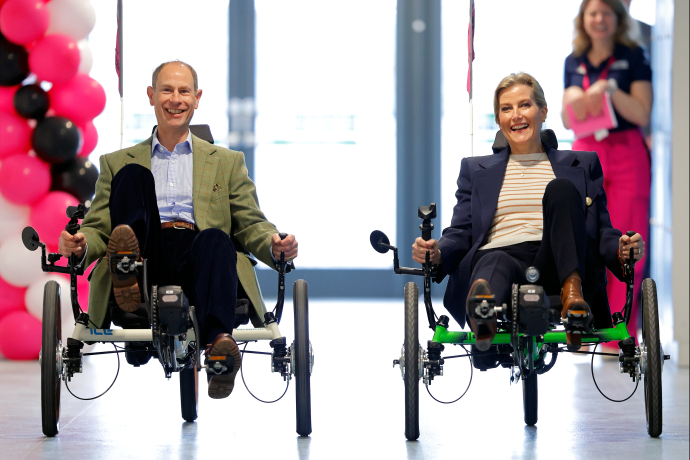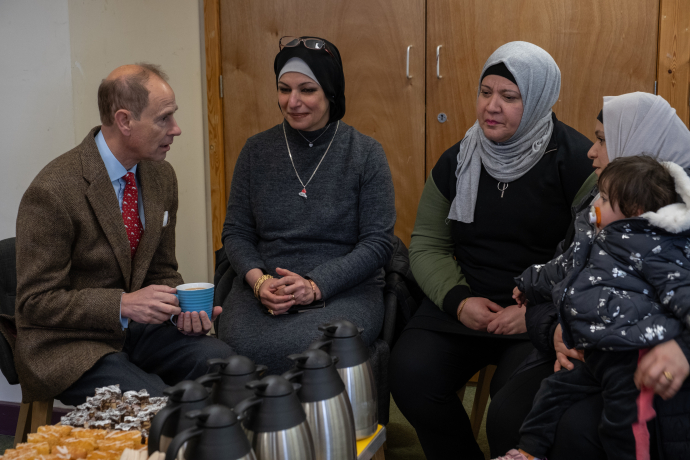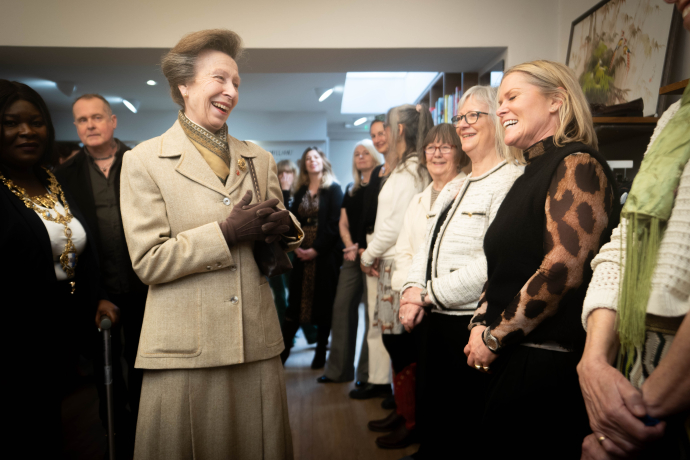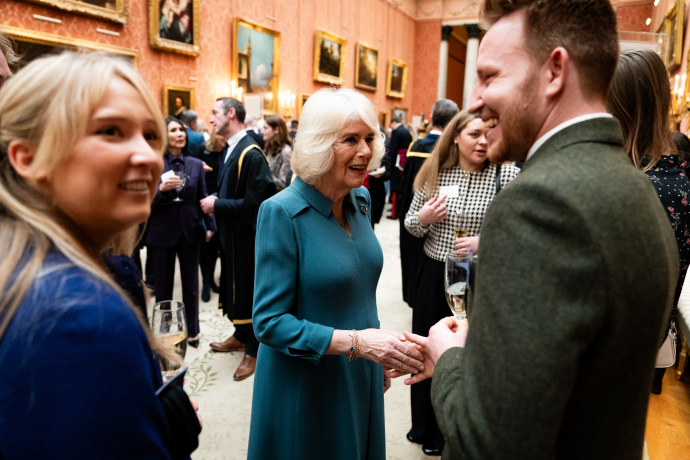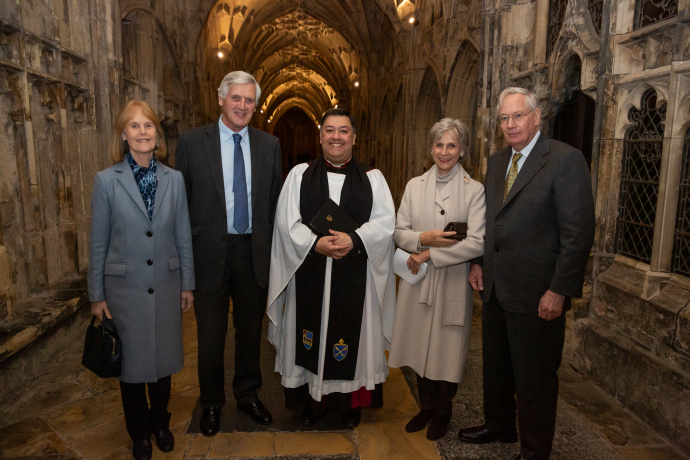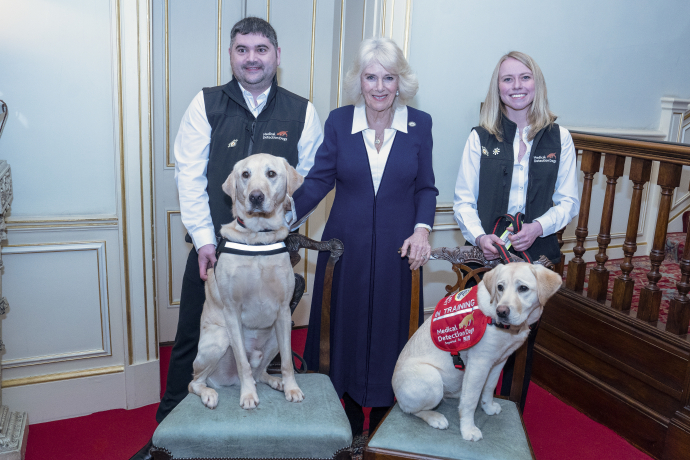Scroll down to find out more about how The Royal Family have celebrated Christmas over the last 1000 years.
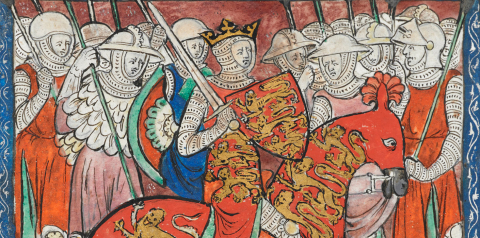
William the Conqueror is crowned King
On Christmas Day in 1066, after defeating King Harold II at the Battle of Hastings, William I 'The Conqueror' was crowned King at Westminster Abbey.
King Stephen is born
Born Stephen of Blois in c.1095, the future King Stephen was named after St. Stephen, the first martyr of Christianity. St Stephen's day is celebrated on 26 December, known as 'Boxing Day' in the United Kingdom.
St Stephen is also mentioned in the English Christmas Carol 'Good King Wenceslas.'
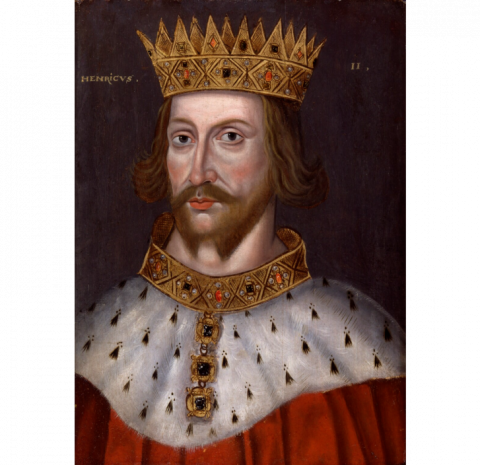
Henry II builds a Winter Palace
King Henry II travelled to Ireland to spend Christmas in Dublin, where a special palace was built for the occasion.
At the huge Christmas feast, Crane's flesh was eaten in Ireland for the first time. Other delicacies included herons, peacocks, swans, and wild geese.
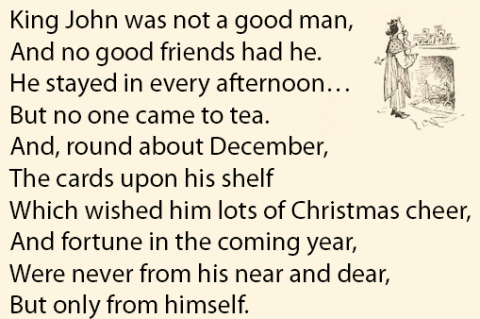
King John's Christmas - a poem by AA Milne
Crowned in 1199, King John's reign is infamous; heavy taxation, disputes with the Church (John was excommunicated by the Pope in 1209) and unsuccessful attempts to recover his French possessions made him unpopular. Many of his barons rebelled, and in June 1215 they forced King John to sign a peace treaty accepting their reforms.
This treaty, later known as Magna Carta, limited royal powers, defined feudal obligations between the King and the barons, and guaranteed a number of rights.
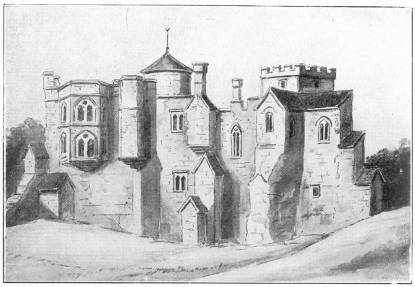
Henry III has a huge Christmas Feast
Christmas in the Middle Ages was one of the greatest feasts of the year. It was expensive to feed livestock during the winter so most were killed to be eaten.
When Henry III celebrated Christmas at Woodstock Palace, The Sheriff of Oxford supplied 30 oxen, 100 sheep, five boars, nine dozen fowl, salted venison from Wiltshire, salmon and lamprey from Gloucester, six tuns (or large wine casks) of new wine from Bristol and 13 from Northampton.
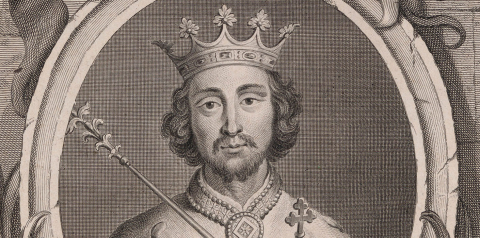
Christmas gifts in the Middle Ages
In the Middle Ages, Christmas gifts were usually exchanged at New Year or on Twelfth Night. In 1392 the citizens of the City of London gave Richard II a one-humped camel and a pelican.
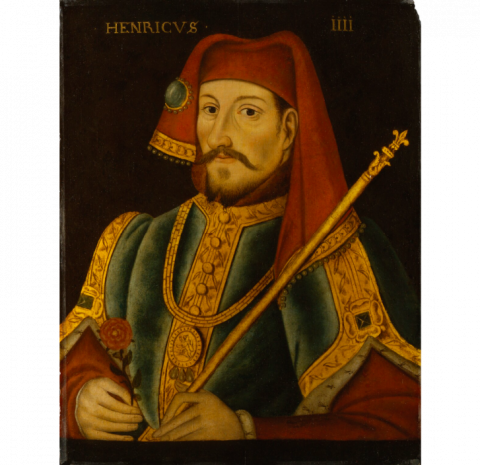
Henry IV spends Christmas at Eltham Palace
King Henry IV enjoyed spending Christmas at Eltham Palace - 10 of his 14 Christmases as King were spent at the Palace in South East London. In 1400 he welcomed the Byzantine Emperor, Manuel II Palaeologus, for a Christmas tournament at the Palace.
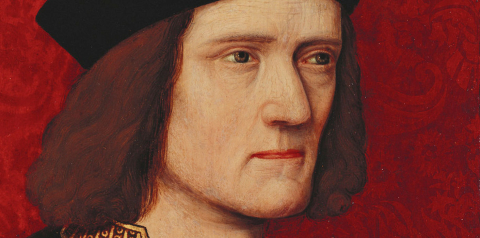
Richard III has a big Christmas party!
In 1484 the Medieval writer, the 'Croyland Chronicler' wrote, 'During this feast of the Nativity, far too much attention was given to dancing and gaiety' after Richard III's Christmas celebrations.

Henry VIII bans 'Boy Bishops'
Another English Christmas Tradition was to elect a 'Boy Bishop' on 6 December (the Feast of Saint Nicholas) whose authority as a Bishop would last until Holy Innocents Day (28 December). The elected boy would dress in full Bishop's regalia and perform Church services. In 1542 King Henry VIII outlawed the practice.
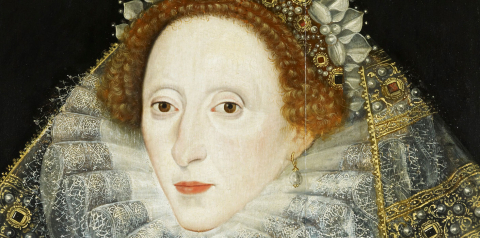
Elizabeth I and the Lord of Misrule
The Elizabethan tradition of the Misrule was a period of 'anarchy' where traditional rules didn't apply; men dressed as women, jesters became Kings, and servants became masters. Misrule happened during festivals such as Easter, Mayday, Whitsunday and Midsummer's Eve, but the most extravagant was after Christmas on Twelfth Night.
Someone would be elected to be the 'Lord of Misrule' to manage the festivities. In 1561 Lord Robert Dudley, a favourite of Elizabeth I, was elected as the Lord of Misrule at Inner Temple. Elizabeth I discouraged Misrule because of her disliking of the public disorder that it caused.
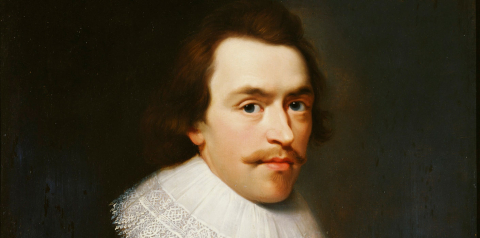
Christmas is cancelled
Civil war in England broke out between Charles I (Royalists) and Parliamentarians in 1642. Charles and his wife, Henrietta Maria, were deeply unpopular for a number of reasons including religion; Henrietta was a Catholic and Charles favoured High Anglican worship. Many of England's Puritans were Parliamentarians had suffered persecution. When Charles and the Royalists were defeated in 1646 the Long Parliament (which had been sitting since 1640) passed an Ordinance that abolished the feasts of Christmas, Easter and Whitsun, known as the Christian festival of Pentecost. Charles was later executed in 1649 and England became a Republic.
Christmas is reinstated!
After living in exile for nine years, Charles II (eldest surviving son of executed Charles I) returned to London in 1660 and was restored to the throne. Charles II set about restoring The Monarchy and created a new set of Crown Jewels. He also reversed the legislation that prohibited religious festivals.
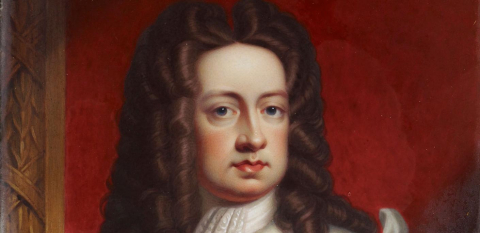
King George I has his first Christmas Pudding
King George I was the son of a German Duke who became King of England in 1714, when Queen Anne died without an heir. He spoke little English and did not know much about his new country. A popular, but unproven story, is that during his first Christmas in England he sampled his first traditional Christmas Plum Pudding. So strong is this myth that George gained the nickname the 'Pudding King.'
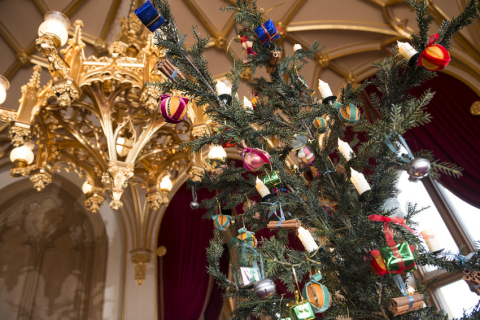
The first Christmas Tree!
Queen Charlotte, consort of King George III, is credited for introducing the Christmas tree to Britain. Christmas trees were originally a German custom and Charlotte was from the German Duchy of Mecklenburg-Strelitz. However, these eighteenth century trees used branches of yew tree rather than the traditional fir trees that are popular today.
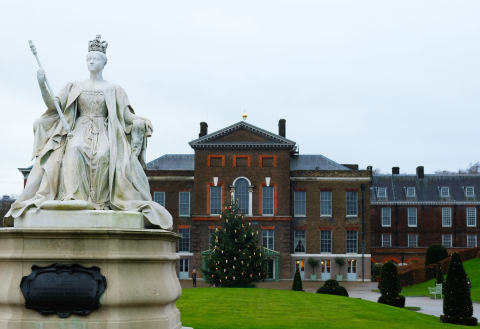
Princess Victoria enjoys Christmas at Kensington Palace
Princess Victoria, who would become Queen Victoria, grew up at Kensington Palace. The Princess enjoyed many Christmases at the Palace and on Christmas Eve 1832, she wrote in her journal about how the Dining Room was prepared for Christmas Day:
''There were two large round tables on which were placed two trees hung with and sugar ornaments. All the presents being placed around the tree.'
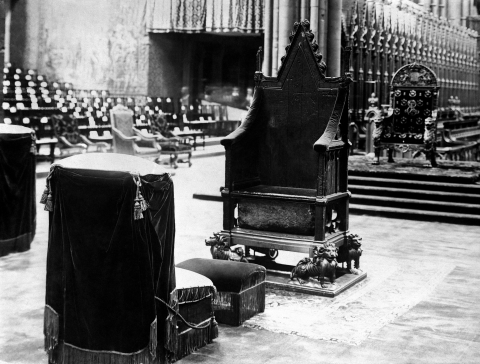
A Christmas theft
In 1296, King Edward I deposed the Scottish King John Balliol and removed the 'Stone of Scone' from Scotland. It was taken to Westminster Abbey where it was placed below the Coronation Chair where it remained until Christmas Day in 1950, when it mysteriously vanished. In 1951 the Stone appeared at the high altar of Arbroath Abbey in Scotland and on St Andrew's Day in 1996, it was placed at Edinburgh Castle where it remains to this day.
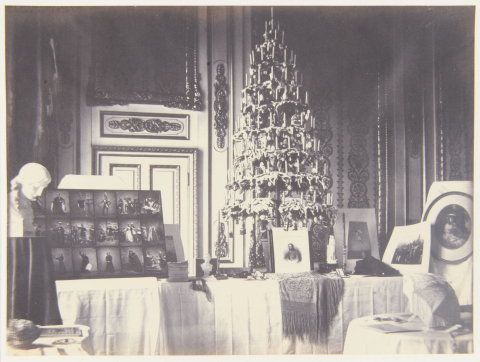
The Christmas Tree at Windsor Castle
While Queen Charlotte first introduced the Christmas Tree to Britain in the eighteenth century, the fir-tree that we know today can be traced back to Prince Albert in the 1840s. Several images of Queen Victoria and her family gathered around the Christmas tree became popular with the public and trees soon decorated homes around the country. This photograph was taken at Windsor Castle in 1857.
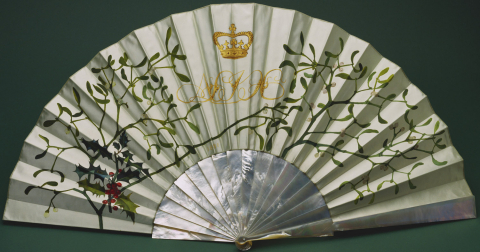
Princess Alexandra receives a Christmas fan
Queen Victoria gave this fan, decorated with festive holly berries and leaves, to her daughter-in-law, Alexandra, Princess of Wales (later Queen Alexandra). The recipient’s name ‘Alix’ can be seen in the centre with a golden crown above.
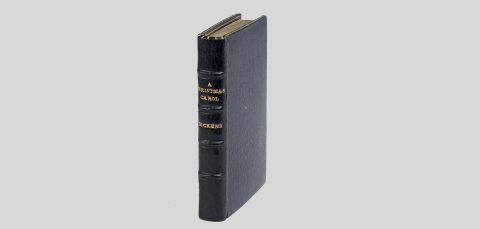
Queen Mary's Dolls House gets a Christmas addition
Queen Mary's dolls house was designed and built between 1921 and 1924. As gift from the nation to Queen Mary, the doll house is now on display at Windsor Castle. Built on a scale of 1 inch to 1 foot, everything in the house works (even the plumbing) and items were made by the leading companies of the day. The library is no exception, filled with tiny books written by 170 eminent authors including, Thomas Hardy, Rudyard Kipling and Arthur Conan Doyle. In 1924 a 5cm high edition of Charles Dickens's 'A Christmas Carol' was given to the library.
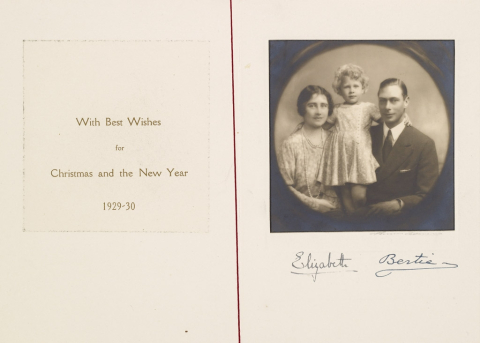
A Royal Christmas Card
The first Christmas cards were sent in 1923 after the introduction of the penny post. This card dates from 1929 and shows The Duke and Duchess of York (the future King George VI and Queen Elizabeth, The Queen Mother) and their three-year-old daughter, Princess Elizabeth of York (now The Queen).
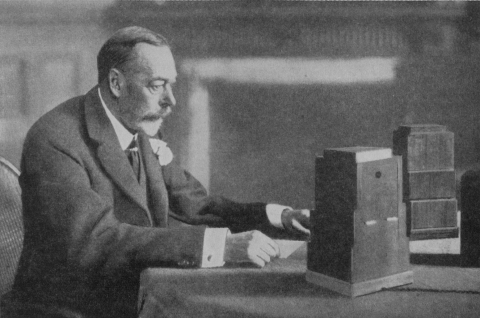
George V delivers the first Christmas broadcast
The Christmas message was started by The Queen's grandfather, King George V. King George had reigned since 1910, but it was not until 1932 that he delivered his first Christmas message. Since then, the Christmas message has evolved into an important part of the Christmas Day celebrations for many in Britain and around the world.
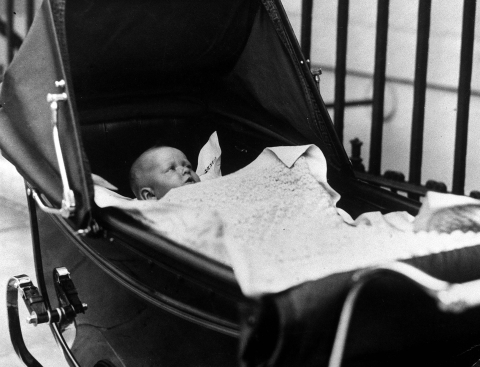
Princess Alexandra is born
Princess Alexandra, The Queen's cousin, was born on Christmas Day in 1936. She is the daughter of the late Duke and Duchess of Kent.
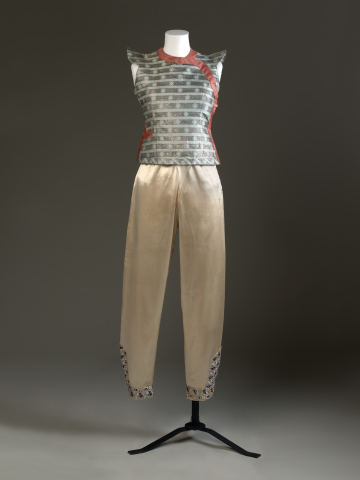
Pantomime's at Windsor Castle
During World War II, Princess Elizabeth and Princess Margaret, while living at The Royal Lodge, hosted pantomimes at Windsor Castle. The traditional festive performances included local children, evacuees, friends and service personnel based in the Windsor area and raised money for the Wool Fund, which which bought wool to be made into military clothing. This costume was worn by Princess Elizabeth in the 1943 performance of 'Aladdin' which was staged in the Waterloo Chamber of Windsor Castle.
The Queen's Christmas Broadcast is televised for the first time
After the death of George VI in February 1952, The Queen broadcast her first Christmas message. She spoke of carrying on the tradition passed on to her by her father and even addressed the nation at the same desk and chair used by her father and his father before him.
But five years later, the first televised message was broadcast live.
The Queen's Speech 2015
The advent of television during The Queen's reign has given an added dimension to her broadcasts, allowing viewers to see The Queen in her own residences, decorated for Christmas like many homes across the world. The location is usually Buckingham Palace, but recordings have also been made at Windsor and Sandringham. In 2003 the message was filmed at Combermere Barracks in Windsor - the first time the address had been shot entirely on location. Footage from the year's Royal events is often shown, enabling the public to see the highlights of the Royal year. In 2015, Her Majesty reflects on the year’s events, and encourages us to be grateful ‘for all that brings light to our lives.'
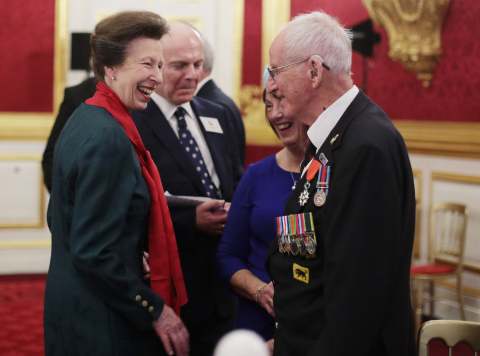
The Not Forgotten Christmas Party
The Princess Royal attended the annual Not Forgotten Christmas Party at St James's Palace. The tradition dates back to 1921. The Not Forgotten Association is a tri-service charity that provides entertainment, leisure and recreation for the serving wounded, injured or sick and ex-service men and women with disabilities.

Christmas Day for The Royal Family
The Queen and other Members of The Royal Family attend the morning service on Christmas Day at St Mary Magdalene, Sandringham, a country church visited by The Queen's Great-Great Grandmother Queen Victoria, which dates back to the 16th century.

